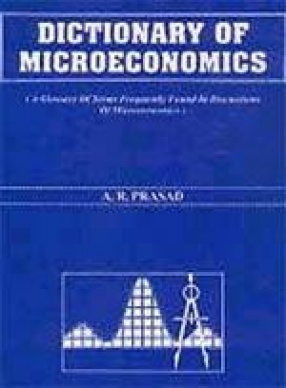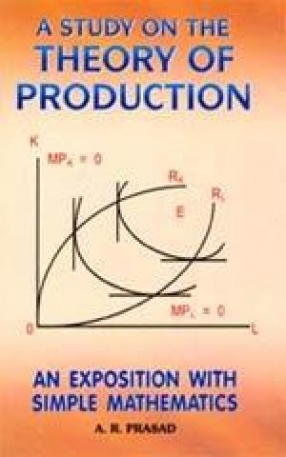Working Tools of Microeconomics
Synopsis
A series of new textbooks on mathematical treatment of microconomics have been published by devoting only a few pages to the economic analysis of mathematical formulation. The basic problem is that of teaching working tools of microeconomics in mathematical terms. The present textbook is intended for students of economics who possess some knowledge of both economics and mathematics. The selection of topics is indicated by economic, rather than mathematical content. The great bulk of economic reasoning makes use of only two analytical techniques is optimization, attainment of the best or preferred position by a decision-making agent. The other is determination of equilibrium, the condition of balance in the market when all the individual decisions interact together. Each of these techniques employs a characteristic working tool. To analyse equilibrium problems the students must be able to use supply-demand analysis. Supply-demand analysis represents the main tool employed for the solution of equilibrium problem. To solve optimization problems, he or she will have to have an understanding of the relations among total, average and marginal magnitudes. Economists have devised a process of solving optimization questions that does the work of the mathematical calculus. This book pre-supposes that almost all students have already had an introductory course with a significant content of elementary microeconomic analysis. The mathematical techniques used are virtually easier. I have not aimed this book especially as the future specialist in economic theory. Rather, I have tried to present, in one volume, enough microeconomic analysis so that the student who has mastered it will have a background adequate to permit him to take advanced courses without further specialist study in microeconomics per se.
Read more
40.50
36.45
$
45.00 $
Free delivery Wolrdwidе in 10-18 days
Ships in 1-2 days from New Delhi
Membership for 1 Year $35.00
Get it now and save 10%
Get it now and save 10%
BECOME A MEMBER










Bibliographic information